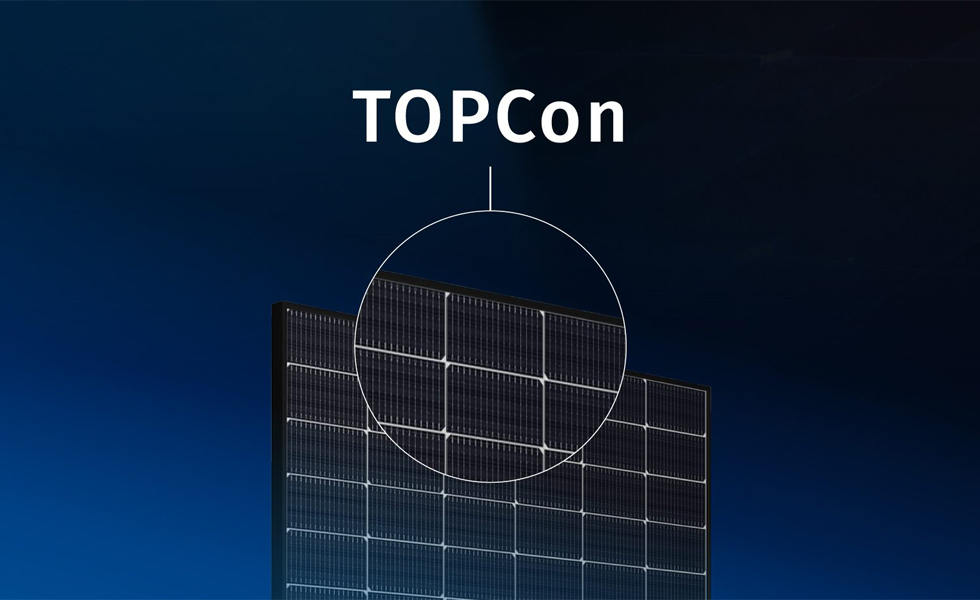
Researchers from the University of New South Wales (UNSW) and the University of Newcastle have found that "hidden contaminants" in TOPCon and HJT modules can cause power losses of up to 16%.
The presence of these "hidden contaminants" in HJT and TOPCon glass-backed modules in damp heat induced degradation resulted in relative power losses of 10% to 16% after 1,000 hours of damp heat testing.
Elemental analysis identified sodium (Na), calcium (Ca), magnesium (Mg), chlorine (Cl) and sulfur (S) as possible contributors. These elements - with elemental names Na, Ca+2+, Mg2+, Cl− and S2− - can react chemically with moisture and with the passivation layer and/or metal contacts of the solar cell under damp heat test conditions.
These contaminants accumulate on the cell surface or staging area before encapsulation and interact with the passivation layer under damp heat conditions, leading to cell metallization. According to the research, for HJT, this also occurs in the transparent conductive oxide (TCO) and amorphous/microcrystalline silicon layers. The presence of these contaminants can lead to efficiency losses.
The researchers believe that the hypothesis that these contaminants appear is due to "improper" handling during cell or module processing, such as contact with contaminated gloves, cassettes, packaging materials or vacuum grippers.
On the other hand, according to the study, PERC modules showed minimal degradation under the same conditions and showed greater durability.
"These findings emphasize the need for strict contamination control, especially for advanced cell structures like HJT and TOPCon, which are significantly more sensitive to contamination than traditional PERC cells," the researchers wrote.
Some of the solutions proposed by the researchers to reduce exposure to hidden contaminants include: thorough deionized water cleaning, strict adherence to operating specifications for the use of uncontaminated gloves, cassettes, packaging materials or vacuum grippers, and the use of only clean staging areas before packaging. The paper was published in the journal Solar Energy Materials and Solar Cells.
This is the latest study to reveal potential problems with TOPCon technology, involving key degradation effects caused by UV-induced degradation, moisture intrusion and UV exposure during accelerated aging. However, research published by FraunhoferISE last month pointed out that concerns about the performance of TOPCon cells after UV exposure may be exaggerated.
Earlier this year, another UNSW study reported positive results using copper electroplating to protect TOPCon PV cells from contaminant-induced degradation.
TOPCon cells use up to 85% less silver
Recent research from the University of New South Wales (UNSW) has achieved a breakthrough in reducing the amount of silver used on the back side of a 25% efficient TOPCon solar cell by up to 85%.
This reduction (in resistance) was achieved through a two-step printing process: first a small amount of silver paste is printed in the form of dotted lines to form the contact with the silicon surface; then an alternative paste with a low silver content is used to print the floating gate and busbars.
By implementing the scheme designed by the UNSW researchers, the silver consumption of the TOPCon cell was reduced to 2mg/W, which is only about 0.1% efficiency difference compared to TOPCon cells with industry standard metallization design.
Silver remains a key component in solar cell manufacturing, and according to the researchers, TOPCon uses 40% to 60% more silver than traditional PERC technology, so reducing its use has been a key industry trend in recent years.
One of the efforts to reduce silver usage is the industry's ongoing trend towards busbar-free. The trend initially started with HJT, but could also apply to TOPCon and even future products, said Markus Fischer, vice president of R&D operations at solar manufacturer and co-chair of the International Technology Roadmap for Photovoltaics (ITRPV).
Another recent study from ISE developed a new HJT solar cell that uses just “one-tenth” the amount of silver (1.4mg/W) of standard cells.
